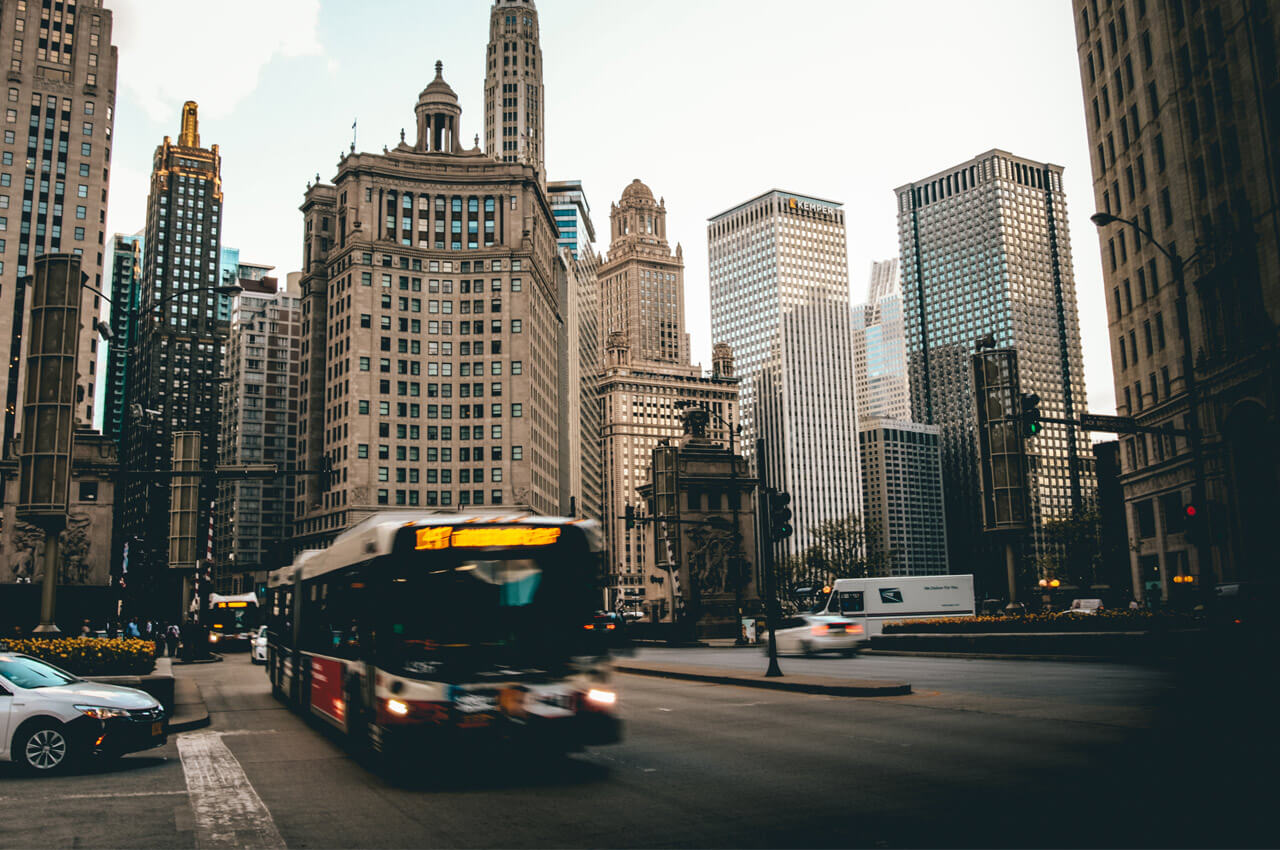Introduction
A megacity is a large urban area with a population of over 10 million people. Today, there are 37 megacities in the world, and that number is expected to grow to 41 by 2030. Megacities are home to over 10% of the world’s population, and they are major engines of economic growth. However, they also face a number of challenges, including poverty, inequality, and environmental degradation.
The History of Megatrends
The first megacities emerged in the 19th century, with the Industrial Revolution. As cities became centers of manufacturing and trade, they attracted large numbers of people from rural areas. The first megacity in the world was London, which reached a population of over 10 million in the 1850s.
In the 20th century, the number of megacities continued to grow. This was due in part to urbanization, the process of people moving from rural to urban areas. Urbanization was driven by a number of factors, including agricultural modernization, the growth of the service sector, and political instability.
Today, megacities are found all over the world. The most populous megacities are in Asia, but there are also megacities in Africa, Europe, and Latin America.
The Advantages and Disadvantages of Megacities
Megacities have a number of advantages. They are centers of economic growth and innovation. They offer a wide range of opportunities for education, employment, and culture. They are also home to a diverse population of people from all over the world.
However, megacities also face a number of challenges. They are often overcrowded and polluted. They can be expensive to live in. And they can be susceptible to natural disasters and social unrest.
The Future of Megacities
The number of megacities is expected to continue to grow in the future. By 2030, there will be 41 megacities in the world. This growth will be driven by urbanization and population growth.
The future of megacities is uncertain. On the one hand, megacities have the potential to be engines of economic growth and innovation. On the other hand, they face a number of challenges that could hinder their development.
Here are some of the key trends that are shaping the future of megacities:
- Urbanization: The trend of people moving from rural to urban areas is expected to continue. This will put more pressure on megacities to provide housing, infrastructure, and services.
- Population growth: The world’s population is expected to reach 9 billion by 2050. This will put more pressure on megacities to provide resources and opportunities for their growing populations.
- Climate change: Climate change is expected to have a significant impact on megacities. Sea levels are rising, and extreme weather events are becoming more frequent. This will make megacities more vulnerable to flooding, storms, and heat waves.
- Globalization: Globalization is increasing the interconnectedness of megacities. This is leading to more cooperation and competition between cities.
The future of megacities will depend on how they respond to these trends. Megacities that are able to adapt to change and find innovative solutions to their challenges will be well-positioned for success.
Conclusion
Megacities are a major force in the world today. They are home to millions of people and they are major engines of economic growth. However, they also face a number of challenges. The future of megacities is uncertain, but they have the potential to be engines of progress and innovation.

